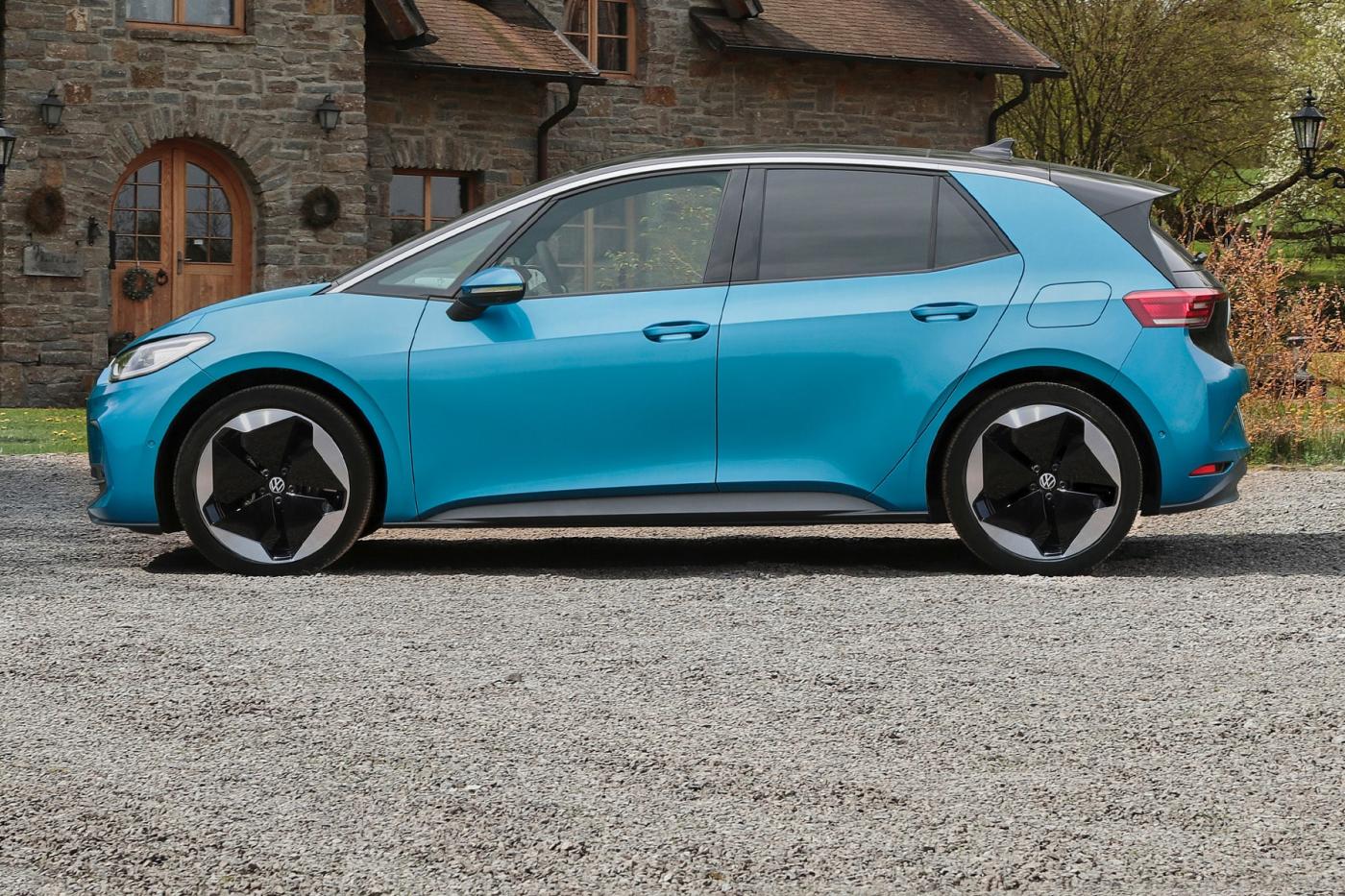
Testing the VW ID.3: What’s new after the model update?
The competition for the ID.3 is growing: with the MG4, MG Motor has brought a thoroughly competitive product to market, and Renault did so with the Megane Electric. In addition, BYD wants to claim market share in the compact car segment with the Dolphin, just to name a few.
Even bigger than the competition, however, was the criticism of the electric car itself. Some of it was justified, especially regarding the materials and software, which initially left a lot to be desired. VW then made amends and presented the ID.3 model update this spring.
New (front) design catches the eye
“It finally looks sportier. Not so boring anymore,” was my first thought when I saw the new ID.3. Volkswagen only had to reach into its little box of tricks to achieve this effect. For example, the lower narrow air intakes of the front bumper were interpreted in a new way, and vertical openings for the air curtains were added to the sides. Also positive: the electric radiator louvre only opens when cooling air is needed, which improves aerodynamics (at least in theory). The bonnet is now available entirely in the colour of the car body. The black element at the transition to the windscreen, which often raised question marks, has vanished. In addition to the visual changes, it reduced the cW value from just under 0.27 to 0.263. Though this much should be said in advance: that’s a detail you won’t notice in everyday life.
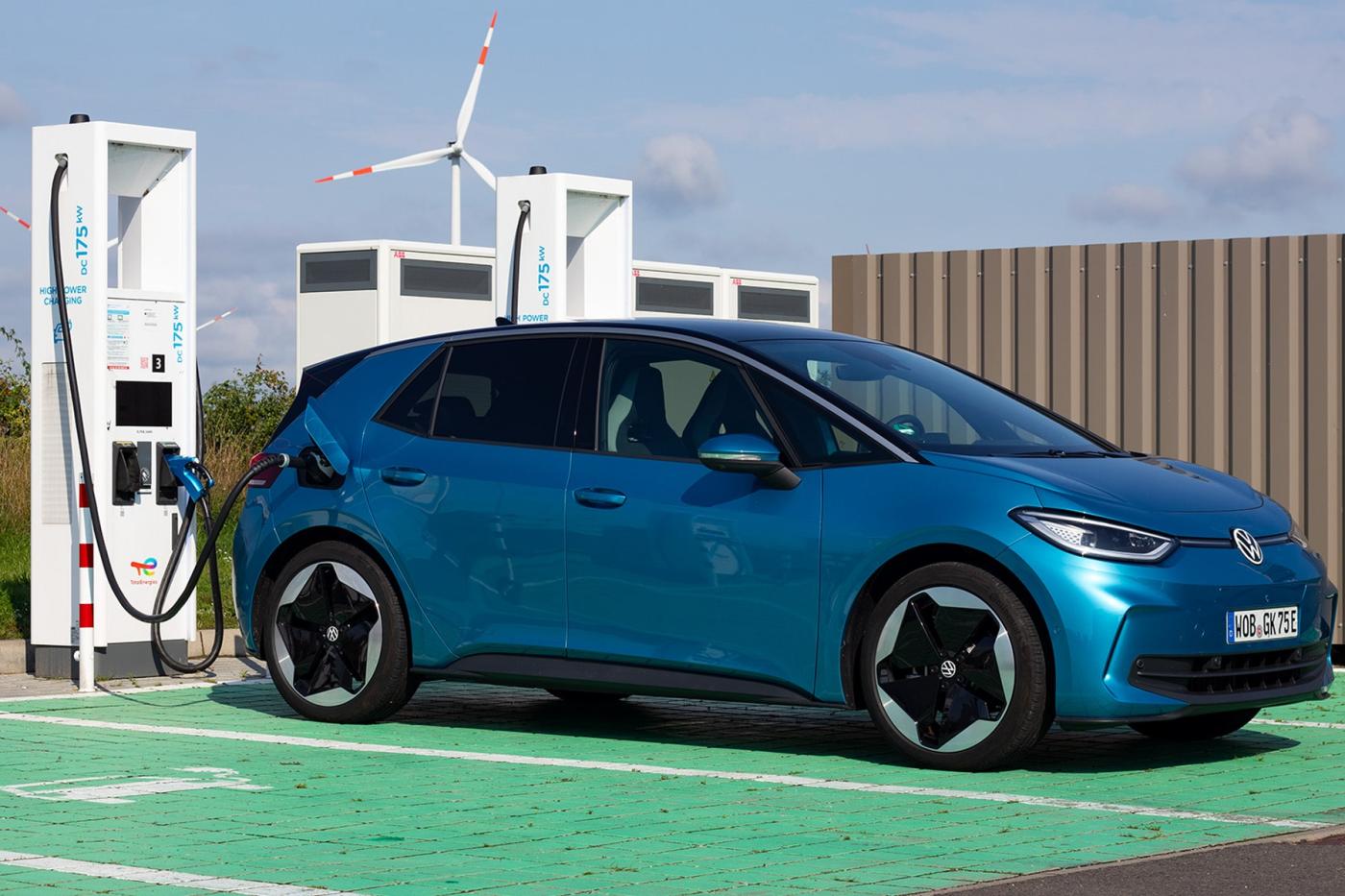
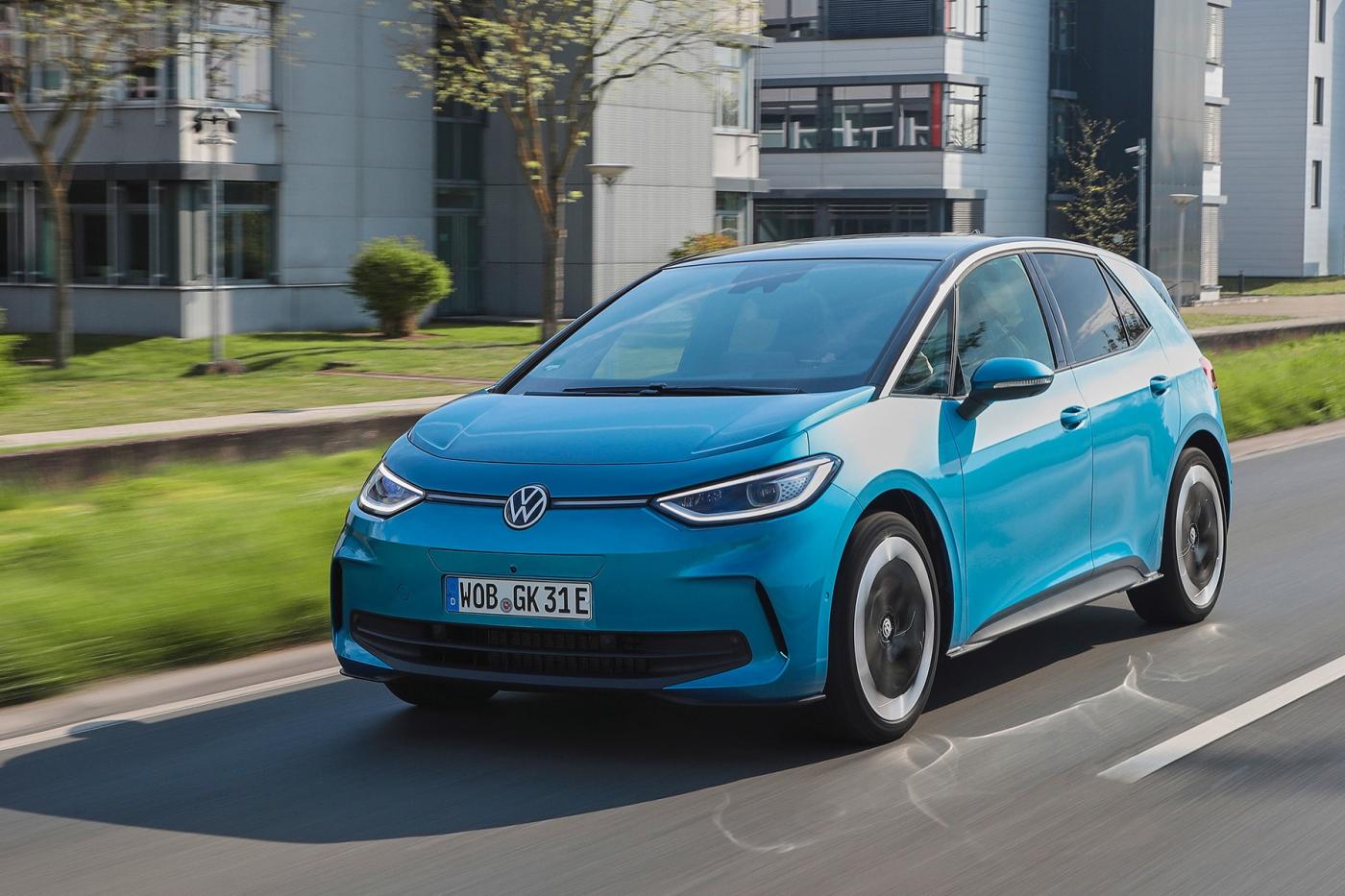
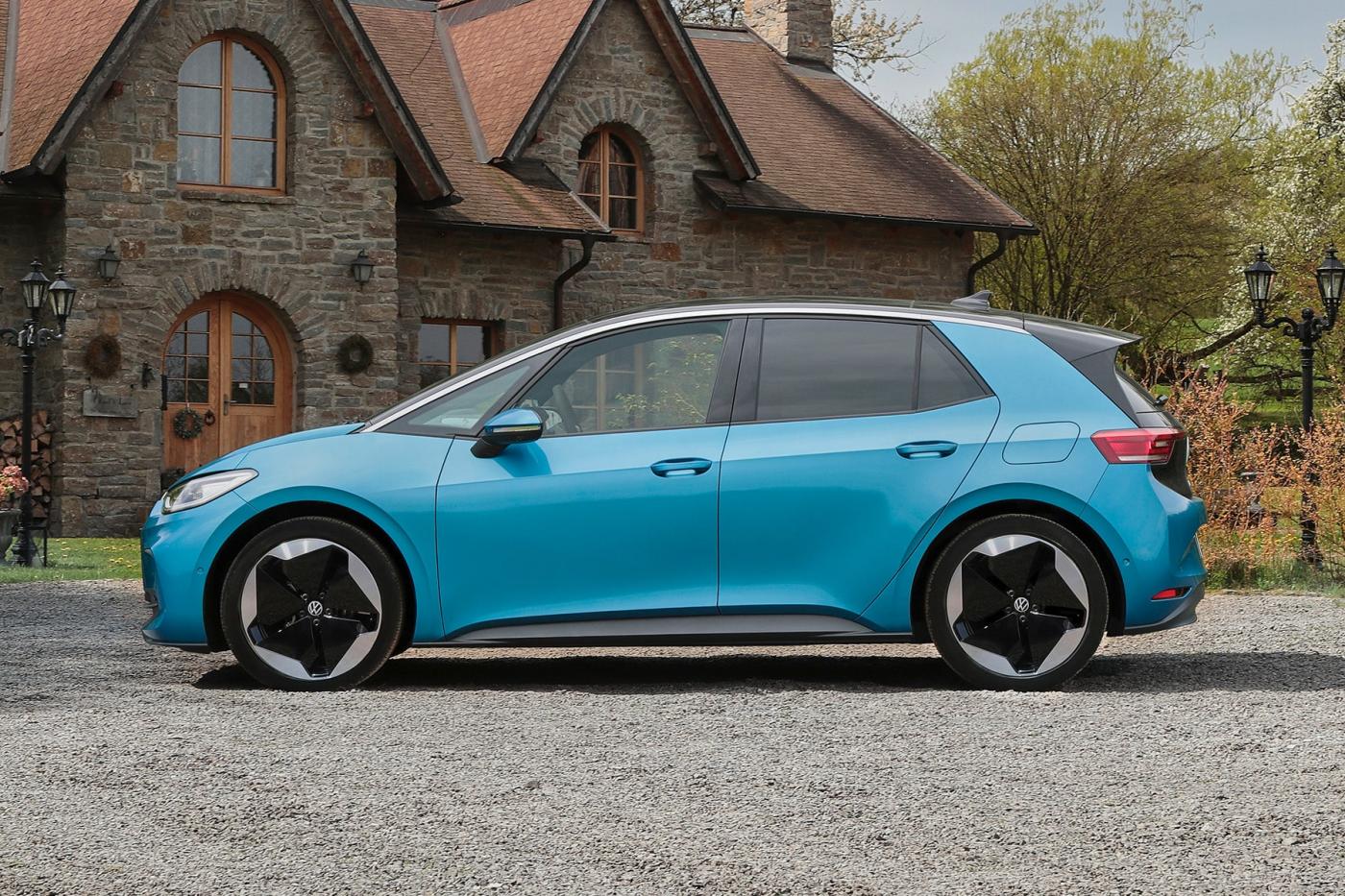
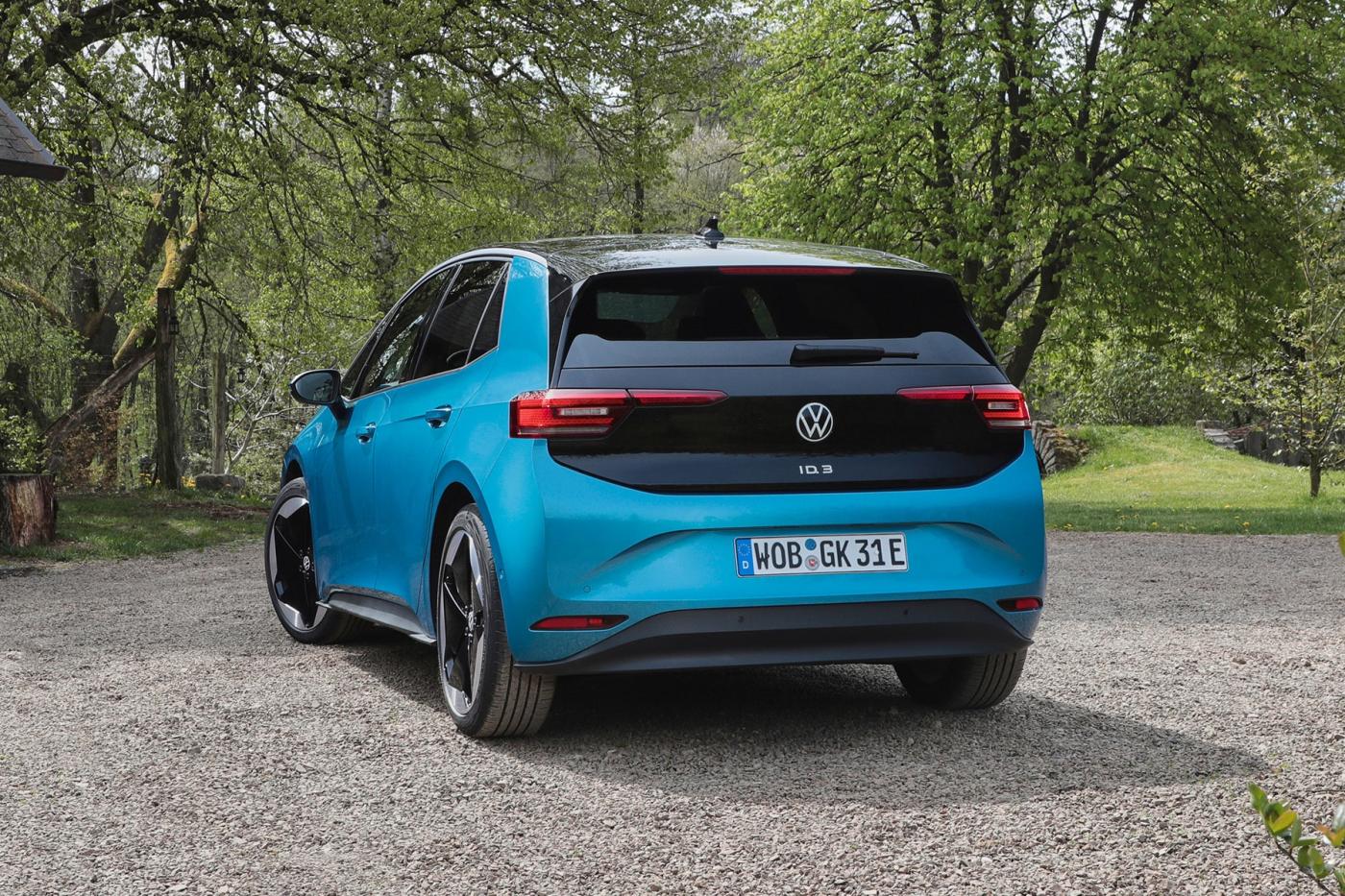
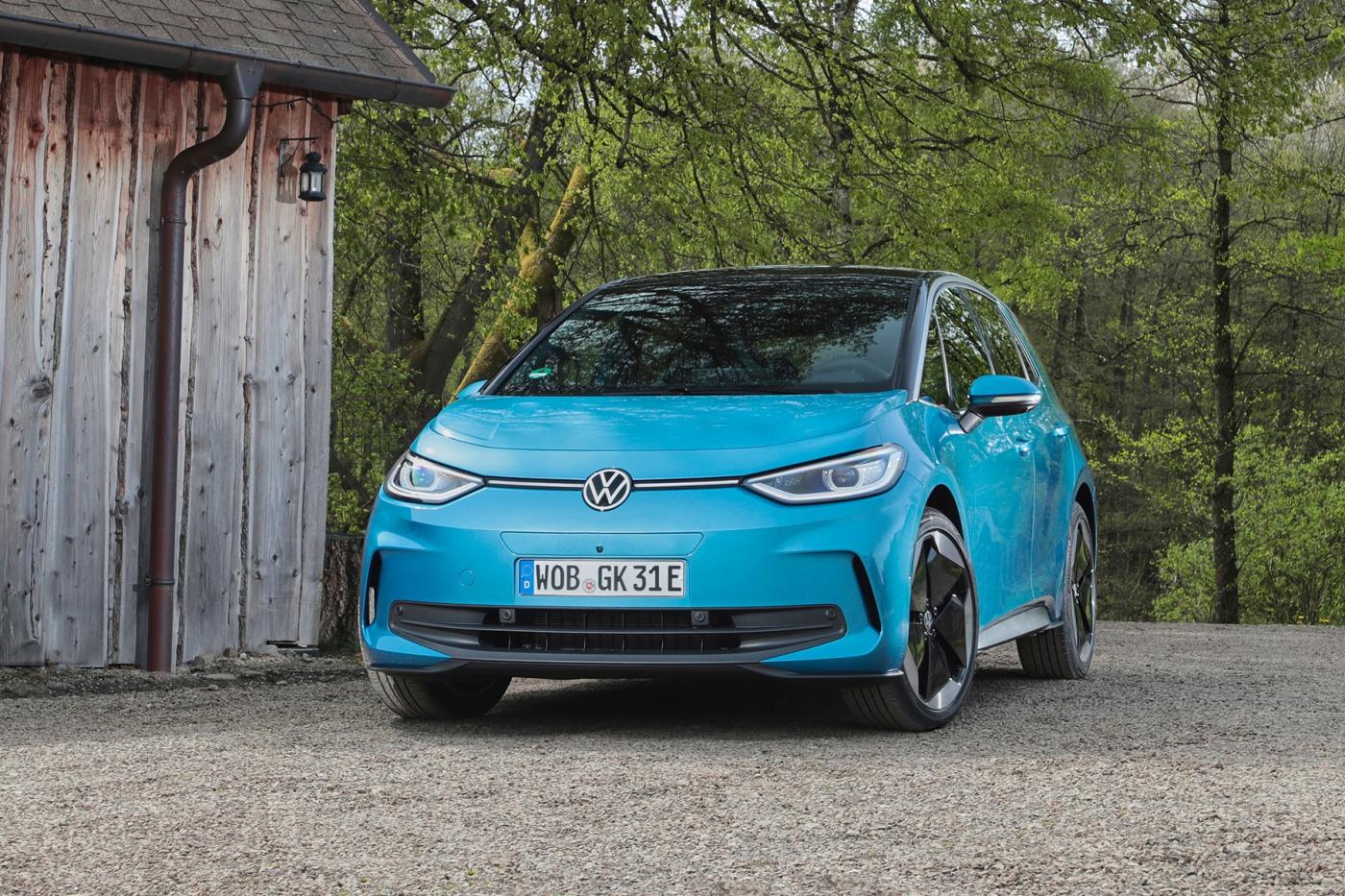
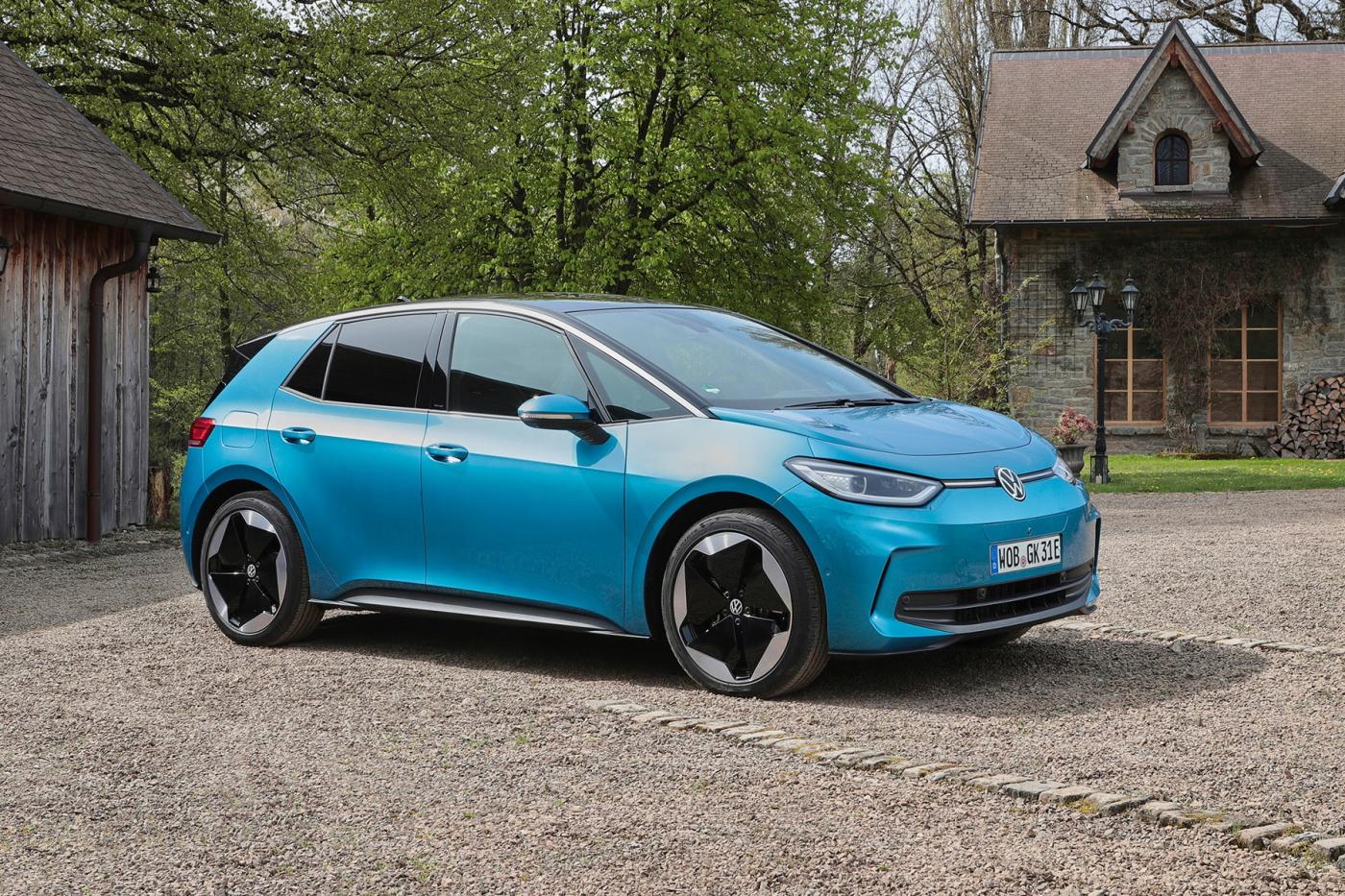
The changes at the rear, on the other hand, are less extensive. Until now, only the outer elements integrated into the bodywork of the rear lights were illuminated. Although the rear lights extended into the boot lid, it remained dark there. Now, red LEDs light up in the boot lid.
Noticeable upgrade to the interior
The use of large hard plastic panels in the cockpit was particularly criticised. At last, the Wolfsburg company listened to customer feedback and made improvements. Even in the most basic trim levels, for example, it no longer offers the contourless basic seat and has done away with the simplest version of the centre console, as with large parts of hard plastic trim. However, the visible elements on the doors and dashboard, are now made of a foamed material. Not only does this look more upmarket and appropriate for the price range, but it also feels like it. On the other hand, VW has kept several piano lacquer elements. But despite all the upgrades at the front, the old materials are still used in the rear, for example, on the door panels—a pity.
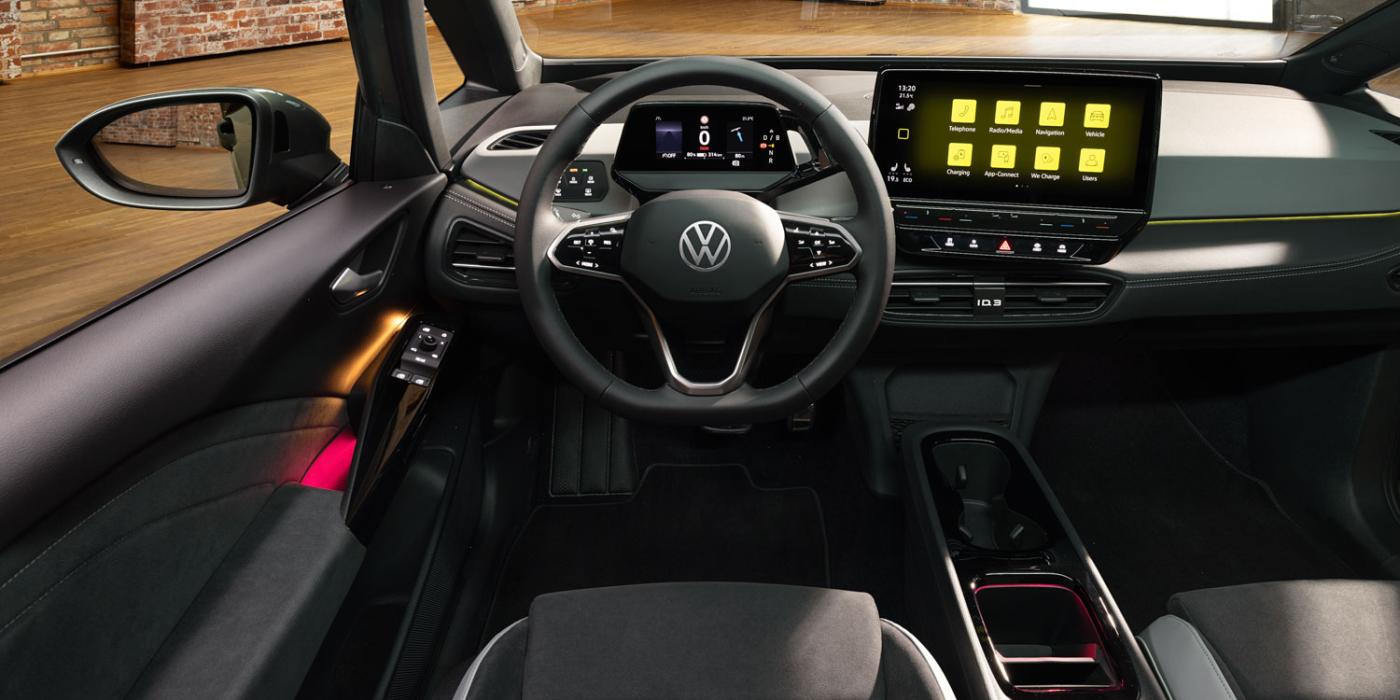
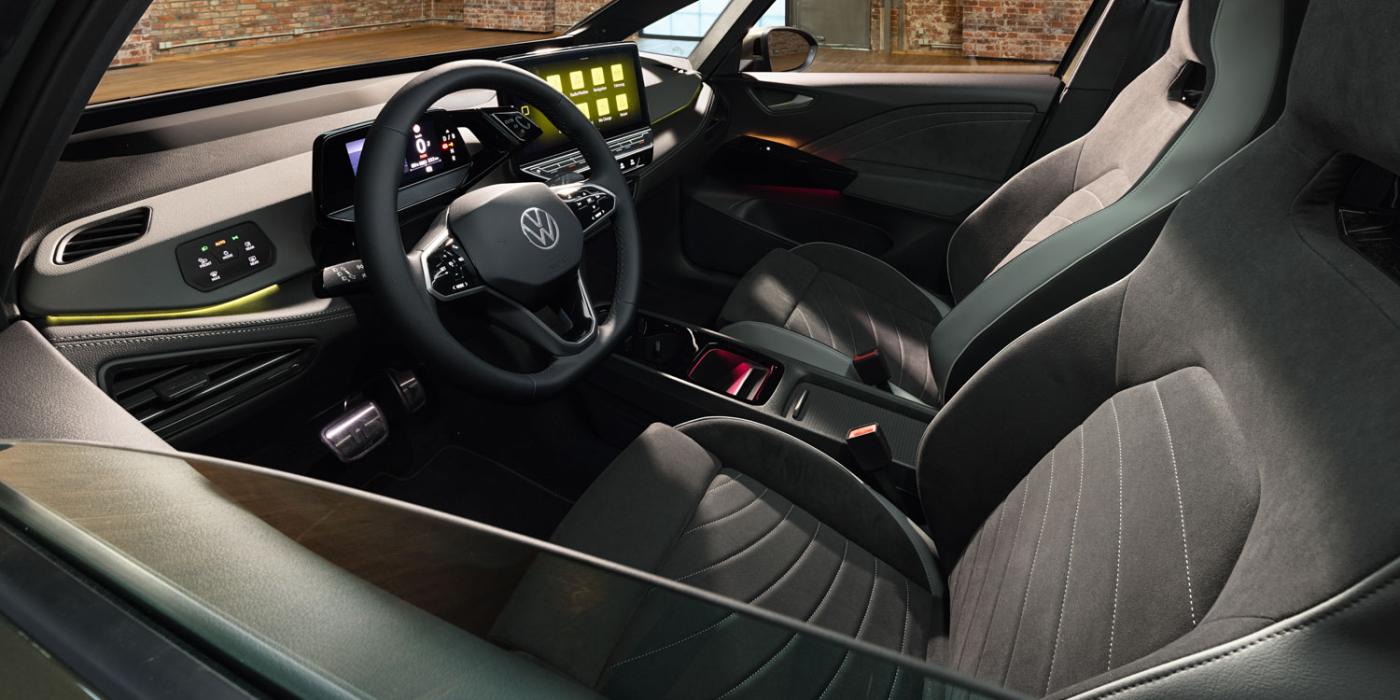
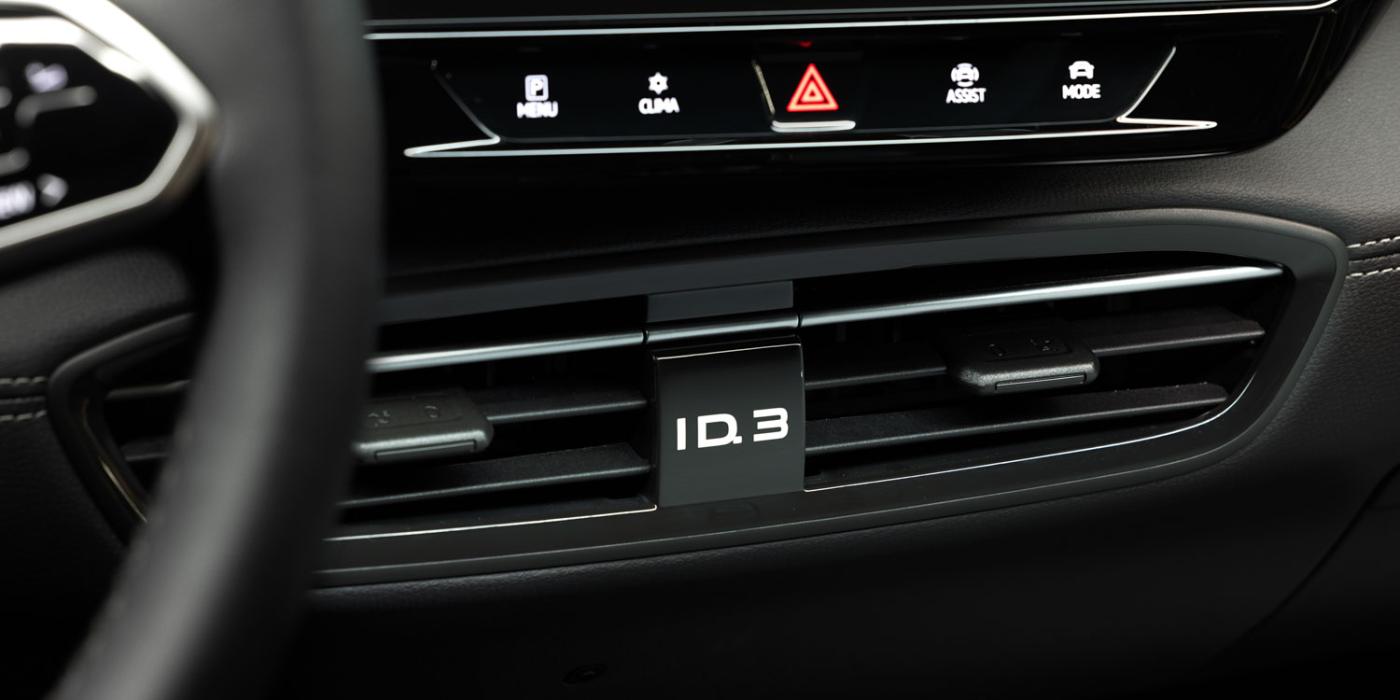
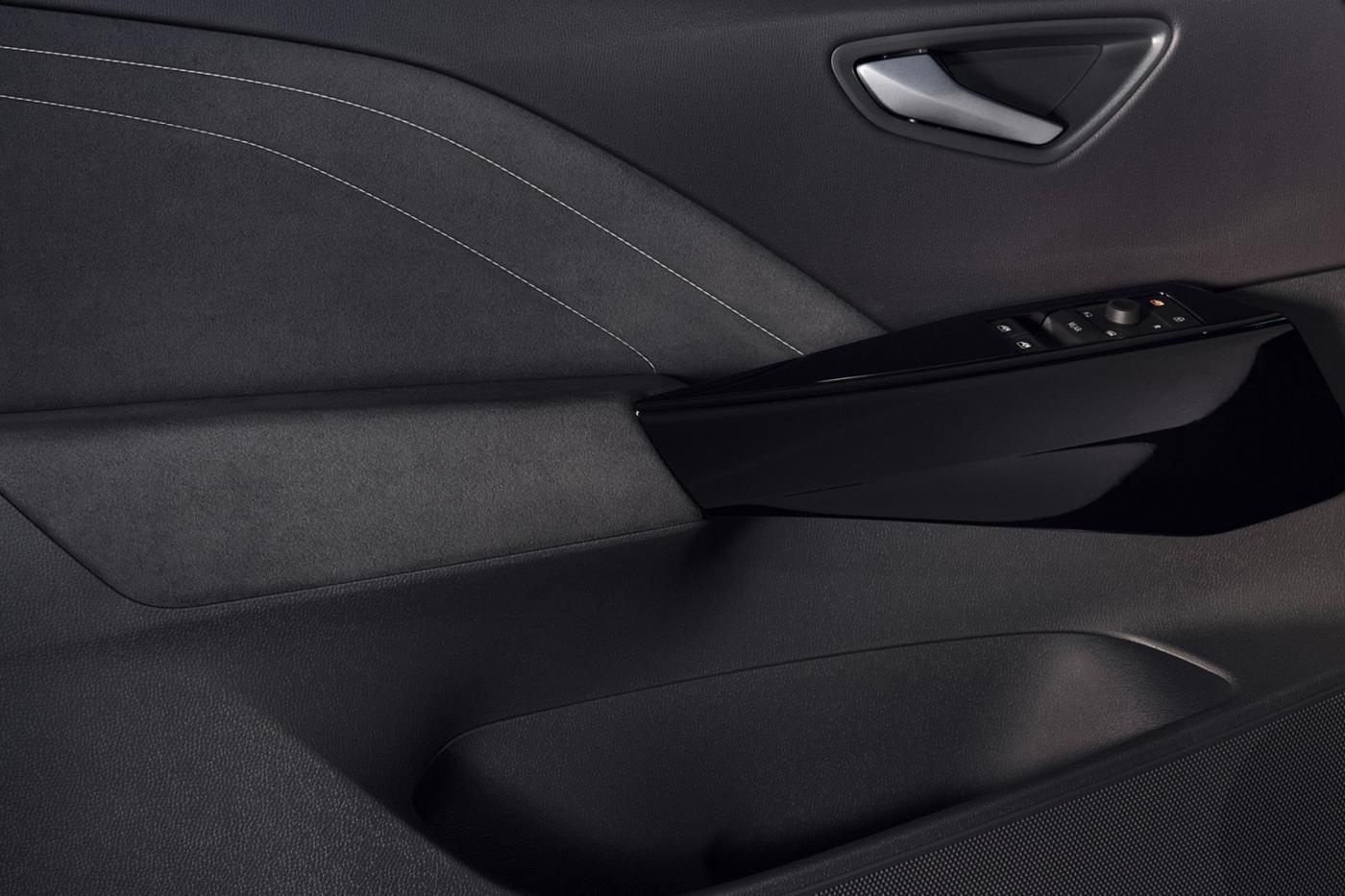
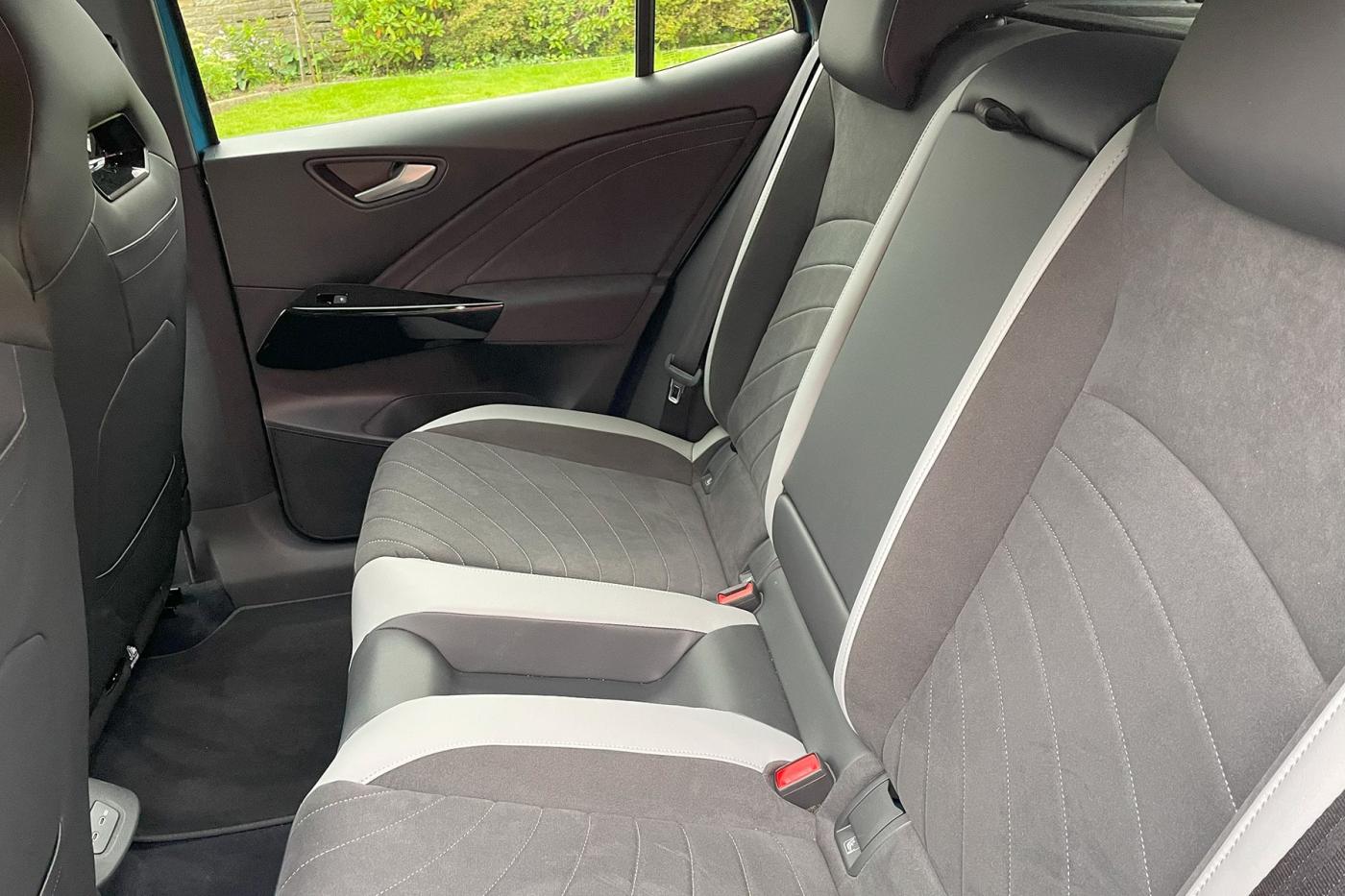
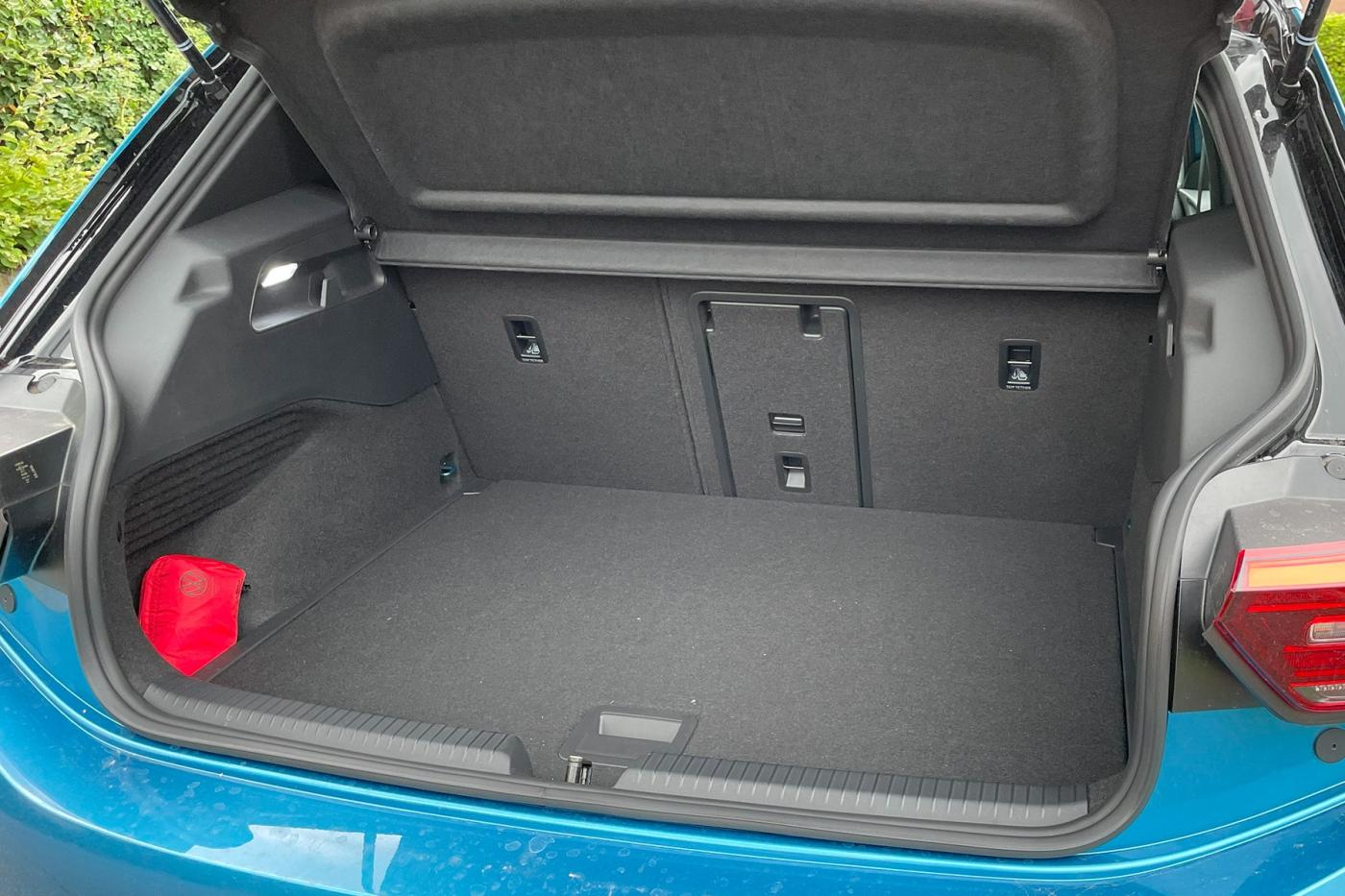
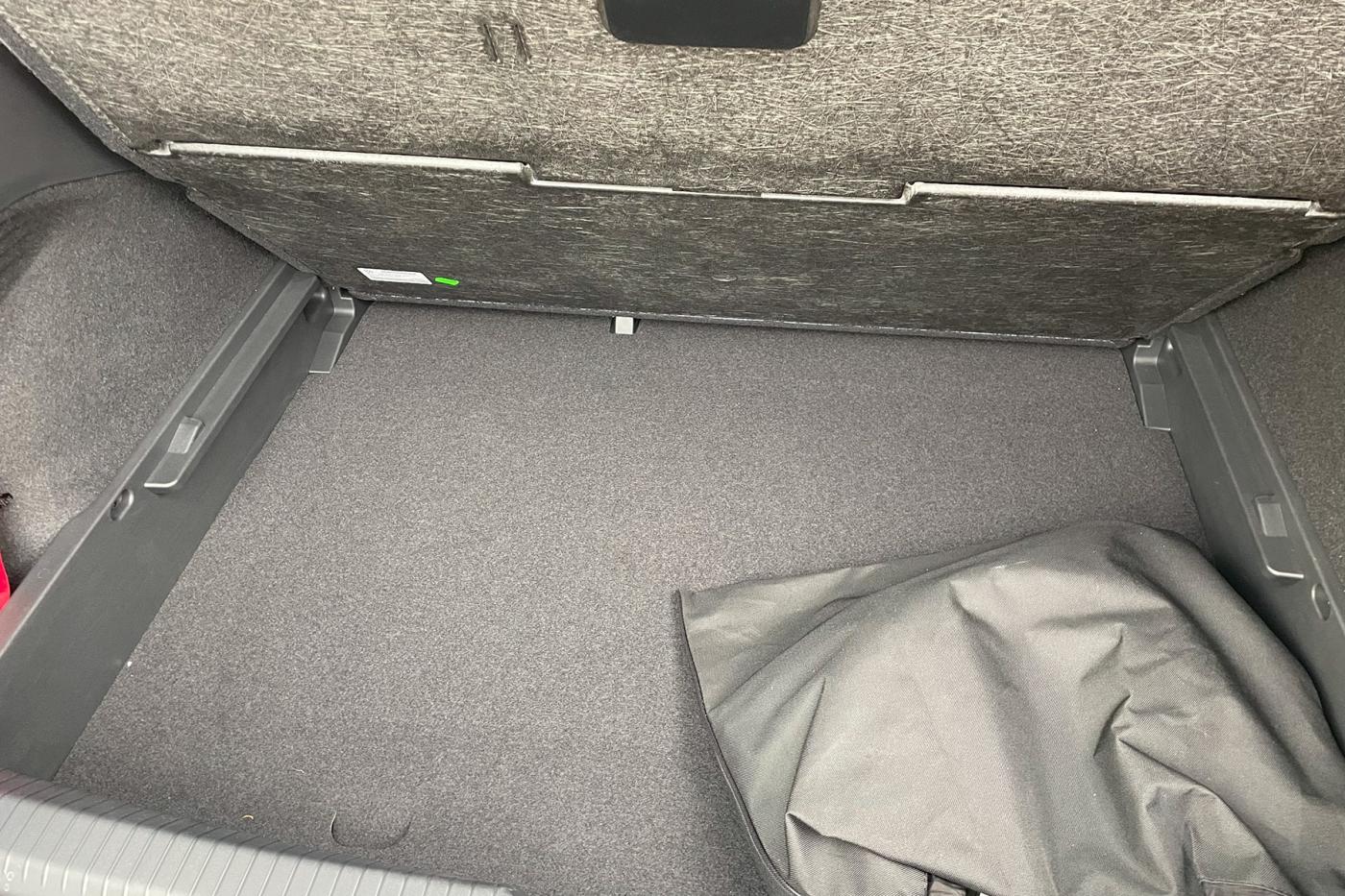
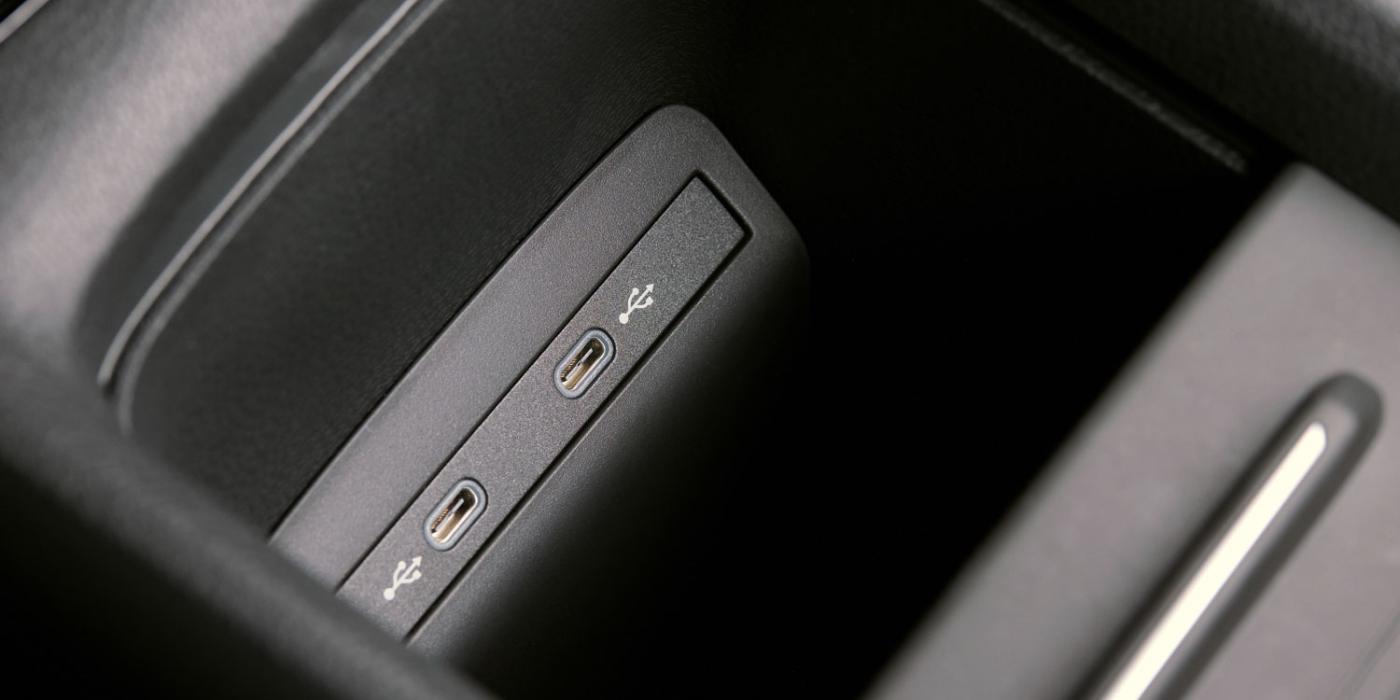
When you reach for the steering wheel, you quickly realise that although the cover is new, the steering wheel itself has not been redesigned. So (for now), the touch controls remain, which are difficult to get used to, resulting in operating errors during the test drive. That could change with the next model update, which is apparently already in the pipeline.
The twelve-inch display known from the ID.4 is now standard in the ID.3. The previous ten-inch display seemed too small and outdated. The slider for setting the temperature and volume below the display is still not illuminated. But VW could also improve this next year with a Facelift 2.0. The ID.7 already shows the way.
Apart from the display, the software version (3.5), with which all new ID.3 are equipped, was also new. Nothing has changed in terms of the basic operating logic. However, VW implemented several customer wishes. Among other things, the charging menu is now on the first level of the large touch display. In addition, it is structured in a more informative and structured way.
Improved planning of charging stops
The software update has also benefited the route planner, which VW has improved. I entered the destination into the system for a test drive to Berlin. During the calculation, it became clear that the carmaker needed to upgrade the hardware. The planning took too long. The system can also be sluggish from time to time.
After waiting a while, I was shown a route, including a charging stop. The system gave me information about the total driving time, including the exact time needed for the charging stop. Unfortunately, VW only indicates via a battery icon whether the state of charge on arrival is good, low or very low. Only when pressing on the respective stopover does the system show the percentage upon arrival. It would be great to have that information at first glance. Another shortcoming: I can only enter how much remaining range I want to have when arriving at the charger or my final destination. I could not enter a specific state of charge, which would make more sense.
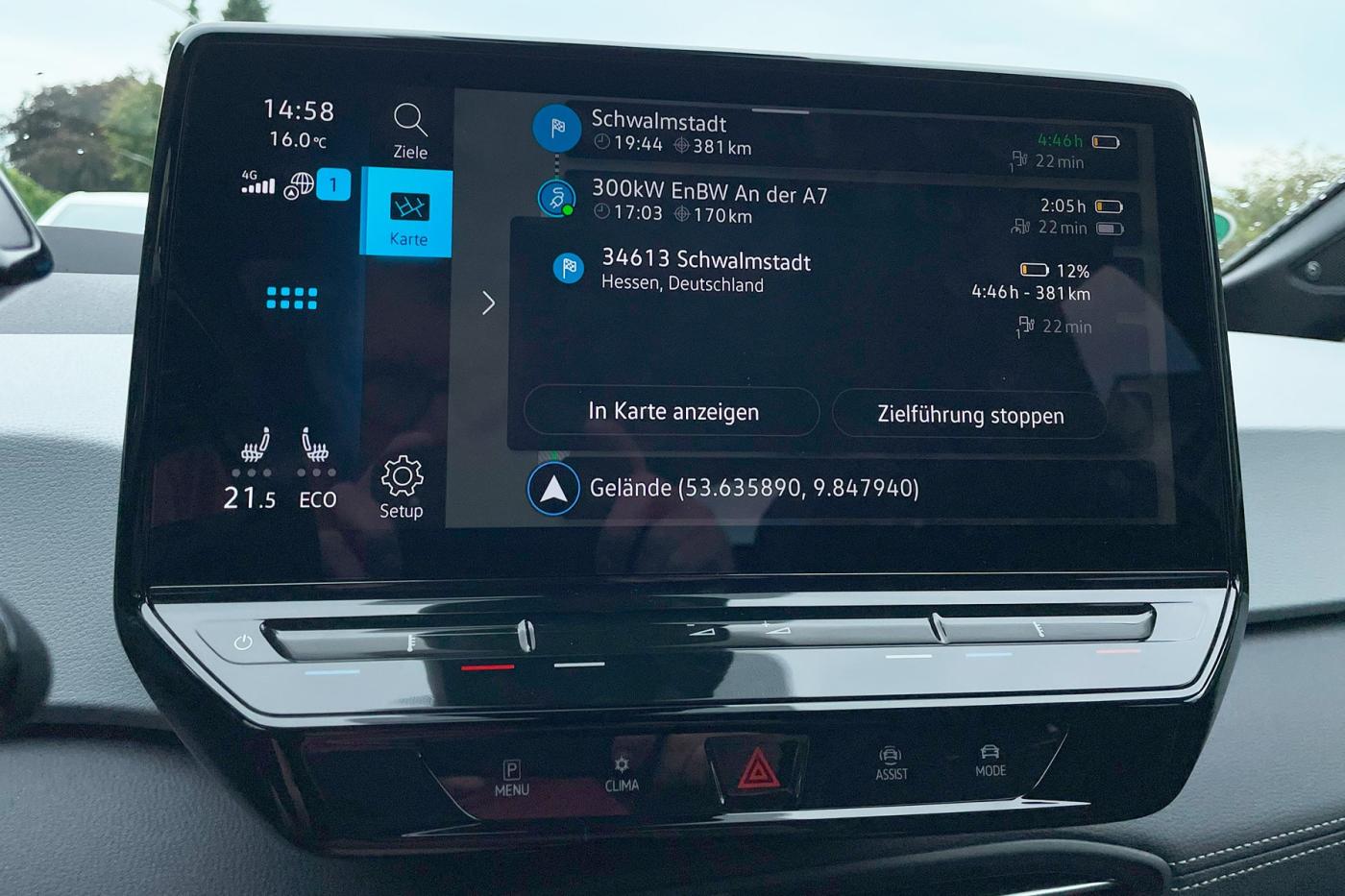
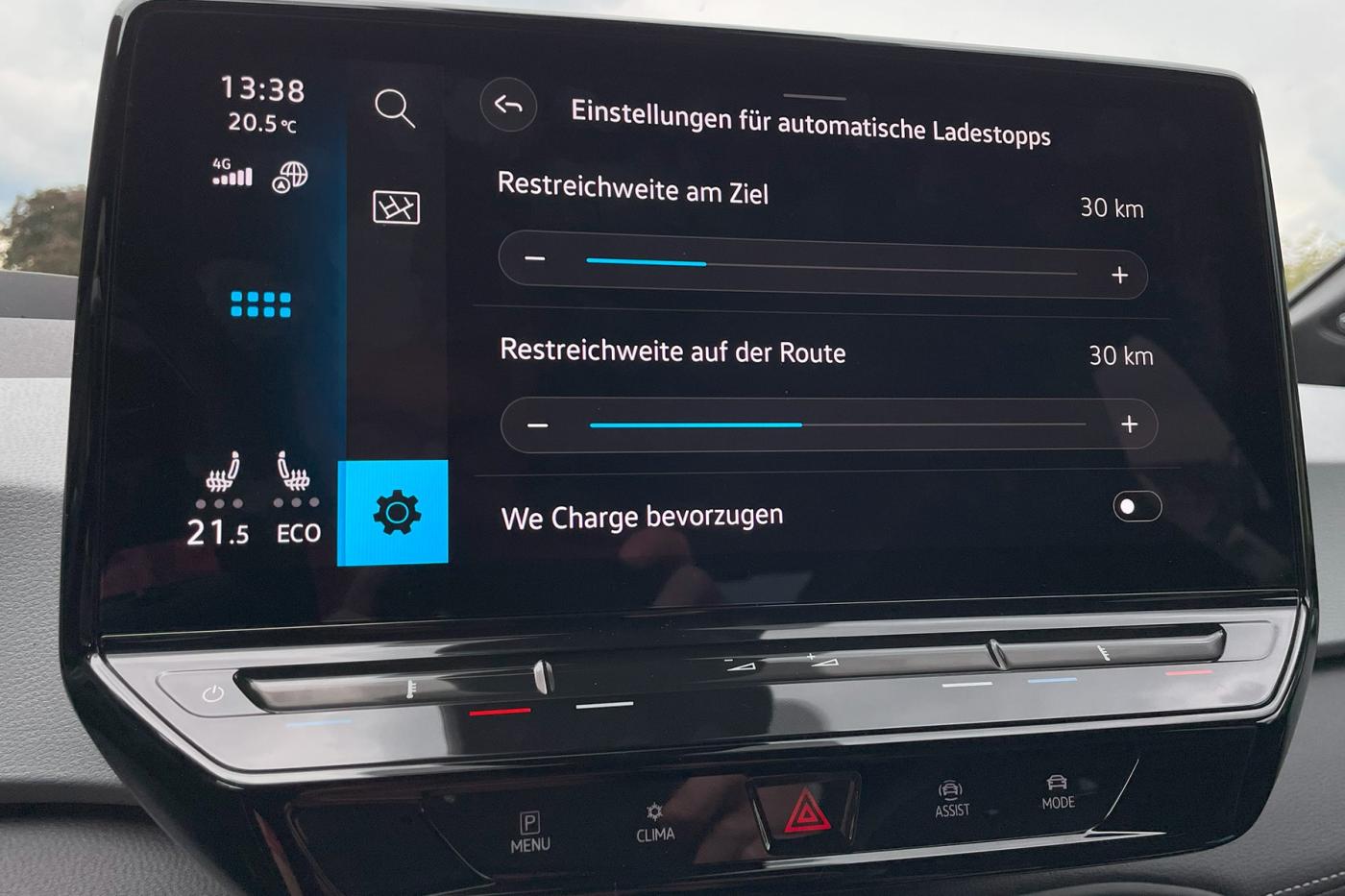
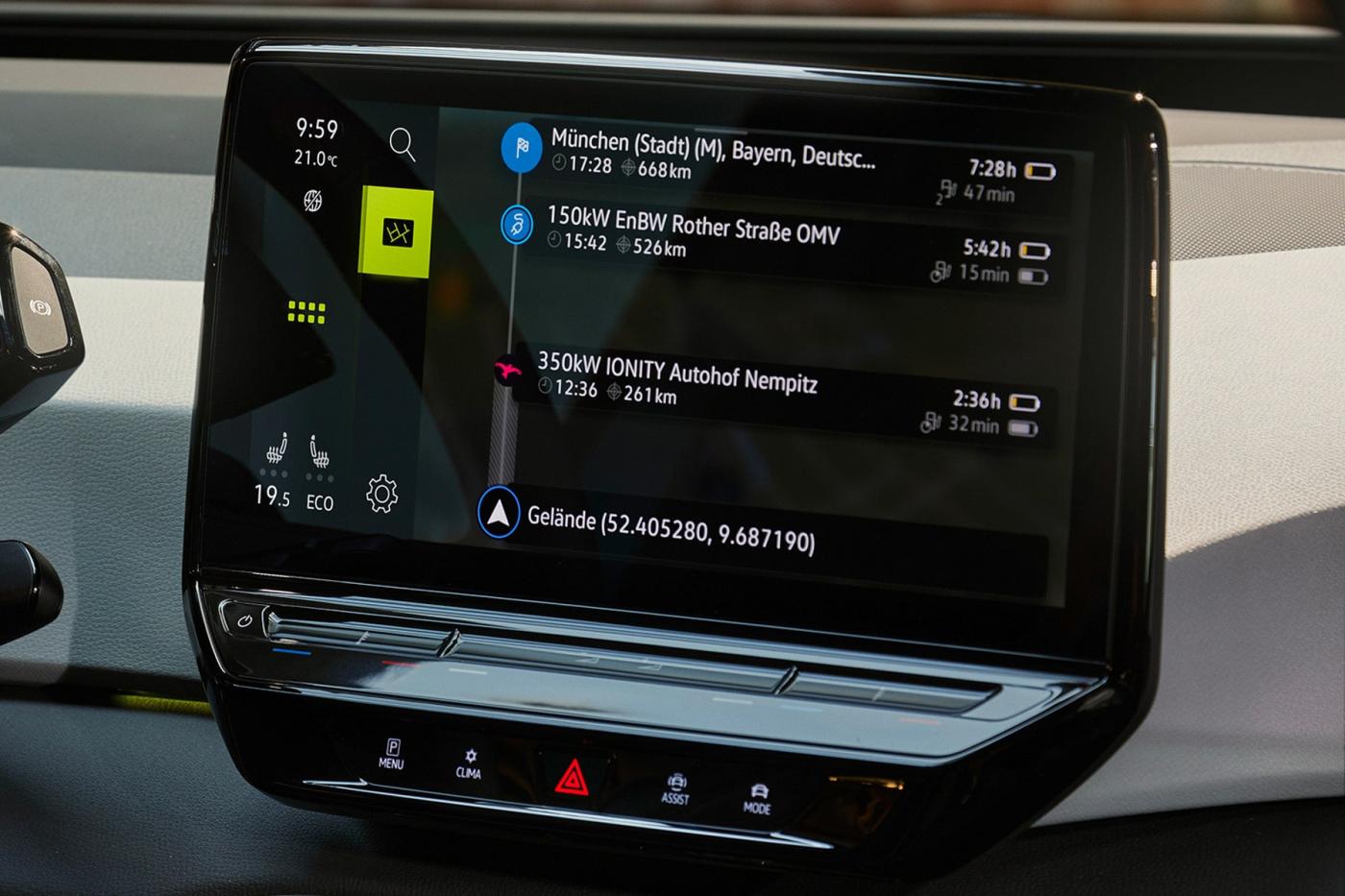
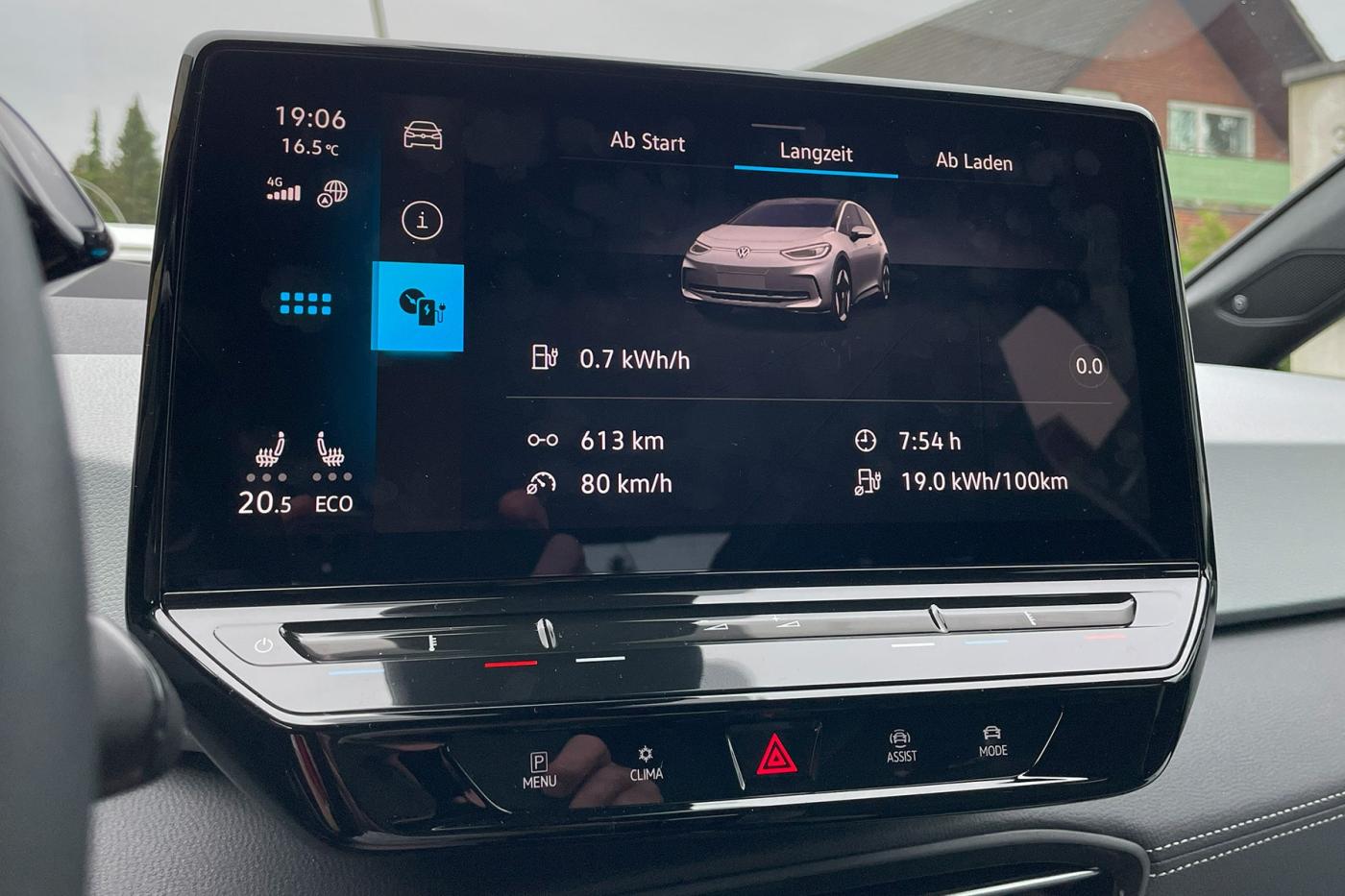
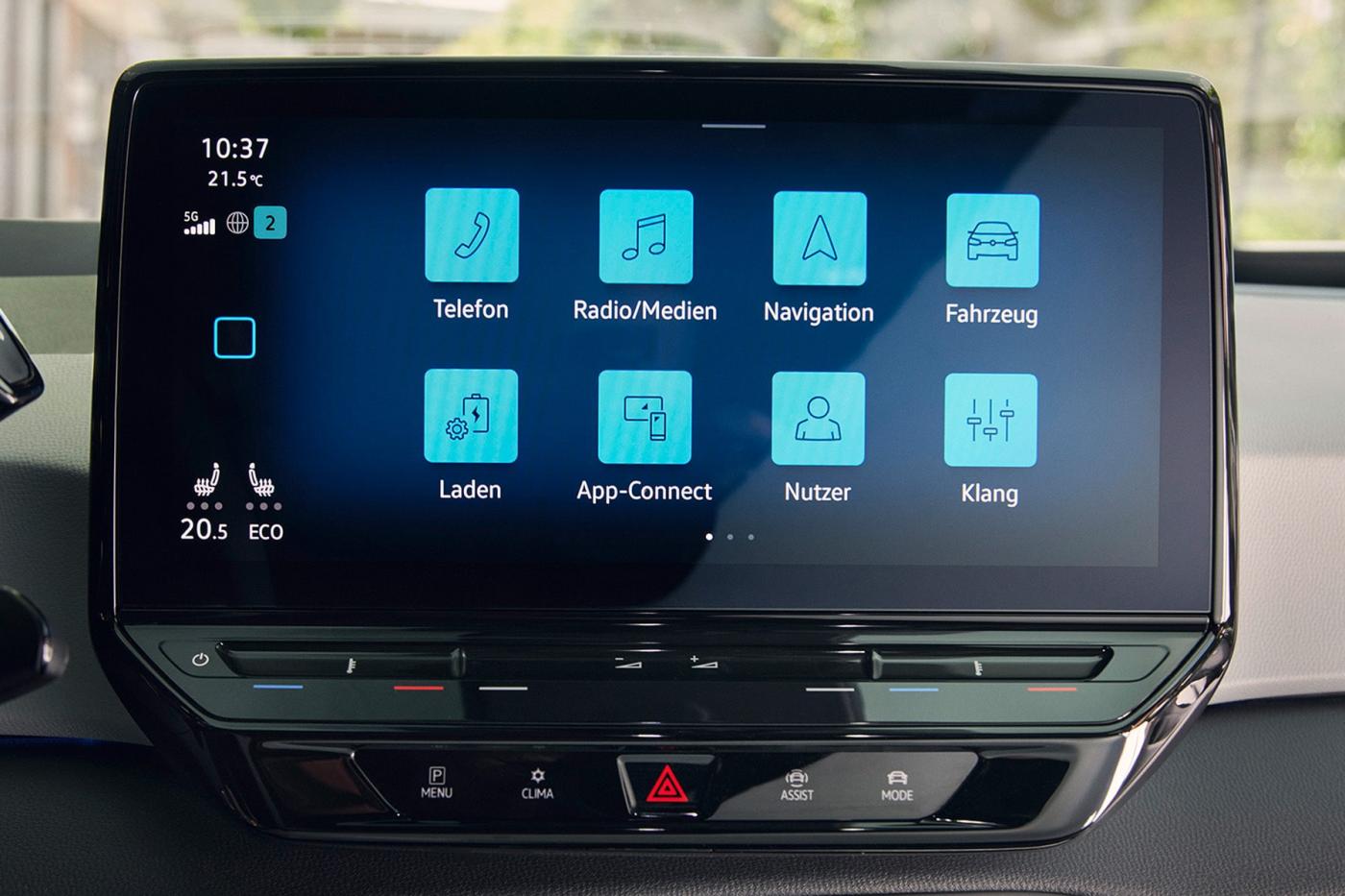
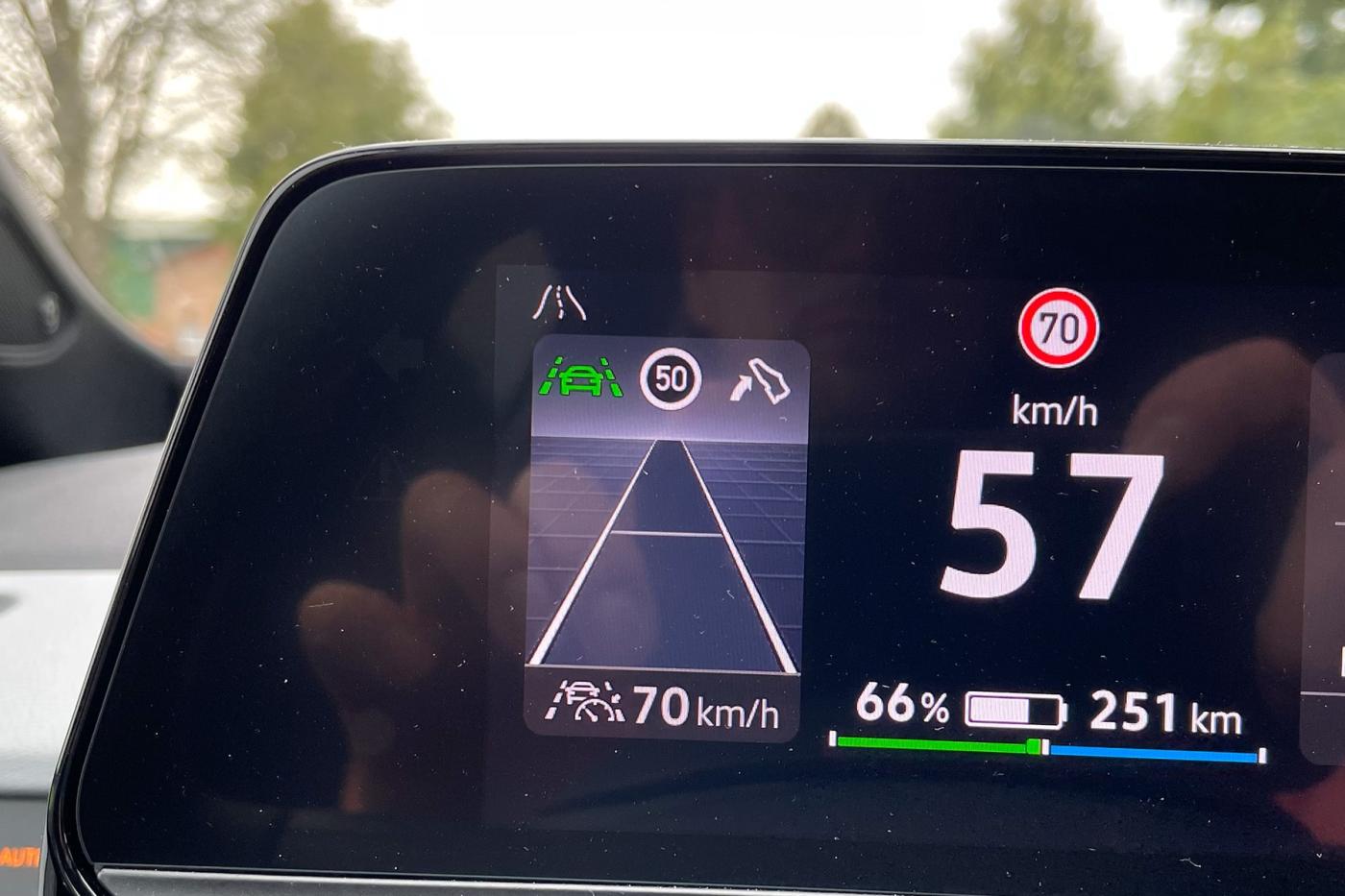
However, the route planner also includes the current traffic situation and forecast. The route calculation on my various tours, including the charging stops and the respective SoC value, worked quite well. The selection of charging stations was also good. That also applies to the manual search for charging stations near or along the route, filtering by charging power and details (number of charging points, occupancy status, etc.) for a charging location.
In addition, the ID.3 now supports Plug&Charge, eliminating the need for authentication via an RFID card or app. However, that is only possible with providers who also implemented this functionality. With Fastned and EnBW, the charging process can also be started automatically without an RFID card or app, although this is not Plug&Charge according to ISO 15118.
From five to 80 per cent in 30 minutes
Whether by card, app or Plug&Charge, the 77 kWh battery of the ID.3 Pro S – our test car – can be charged from five to 80 per cent within 30 minutes at the fast charger. VW specifies a maximum DC charging power of 170 kW. In practice, however, I could read as much as 185 kW at the fast charger – although only for a short time.
There was a drop in charging power shortly after the start. However, this was not because of the vehicle but because of the occupancy of the location – a recent ID.5 GTX we measured had a higher charging power at this location. Later, both cars behaved almost the same. As a result, charging from seven to 80 per cent took 30.5 minutes. The charging process from ten to 50 per cent took 13.5 minutes. Both are good values.
The ID.3 also has a three-phase 11 kW onboard charger ex-works. Charging from zero to 100 per cent at an AC charging point takes 7.5 hours.
No change to the drive
We have already discussed the most important innovations. That’s why you won’t find information about the drive and energy consumption until now, simply because nothing has changed. The electric car does not (yet) benefit from the improved efficiency of the new APP550. Thus, it still uses a permanently excited synchronous machine with 150 kW on the rear axle. The top speed is still 160 kph and the EV sprints to 100 kph in 7.9 seconds.
Overtaking was no problem, and acceleration was more than sufficient. Its turning radius of only 10.2 metres was a blessing in Hamburg’s city traffic. The adaptive cruise control accelerated and decelerated very well. In addition, the electronics helped to decelerate the vehicle pleasantly before intersections, roundabouts or speed limits.
On long journeys, the ID.3 also performed well. The quietness of the interior was remarkable during the test period. Of course, it is an electric car. But here, too, there are differences between manufacturers and models. In addition, the steering was precise. Despite the test car’s large rims, the suspension absorbed bumps in the road surface very well.
During all journeys, the driving assistance systems proved their best. I was particularly taken with the lane departure warning system and the lane change assistant. Check whether it is possible to overtake, set the indicator, and the system assists in the overtaking process – even when merging. The parking assistant and I are no longer friends. An “automatic” parking procedure took longer than expected. The ID.3 has numerous other assistance systems. But to list them in detail here would go beyond the scope of this article.
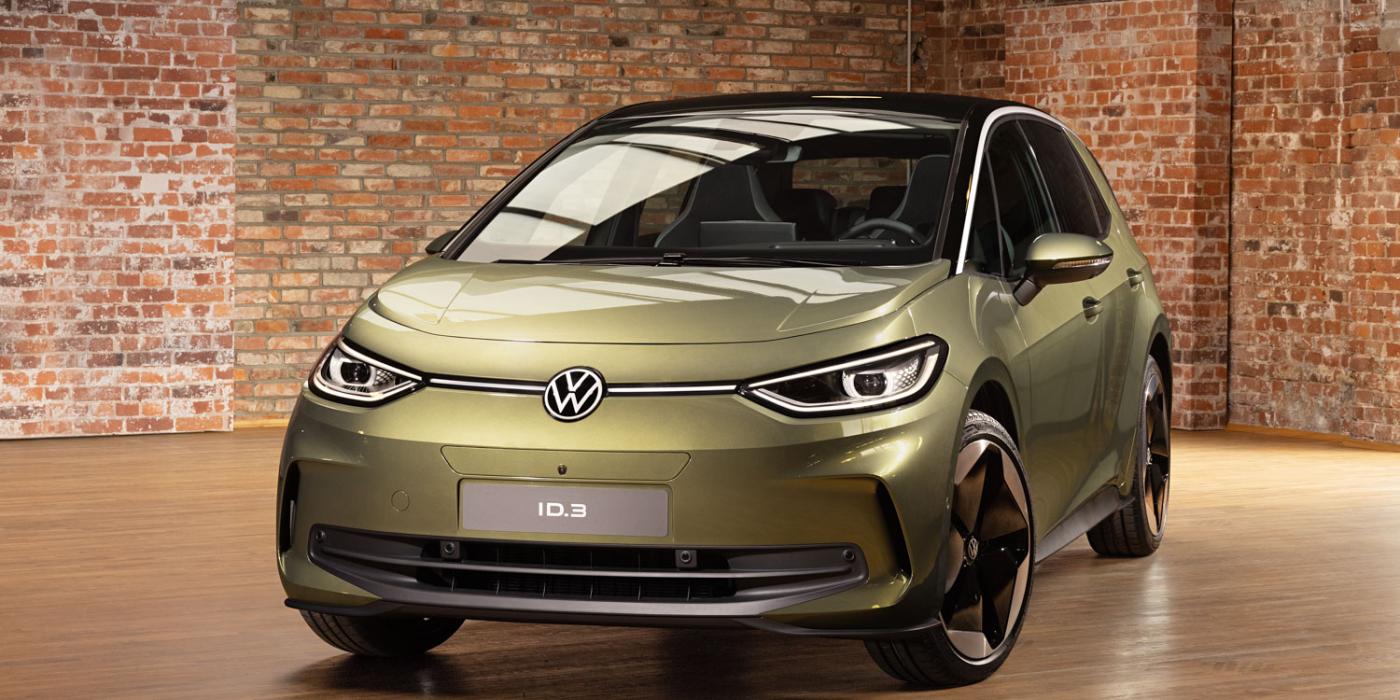
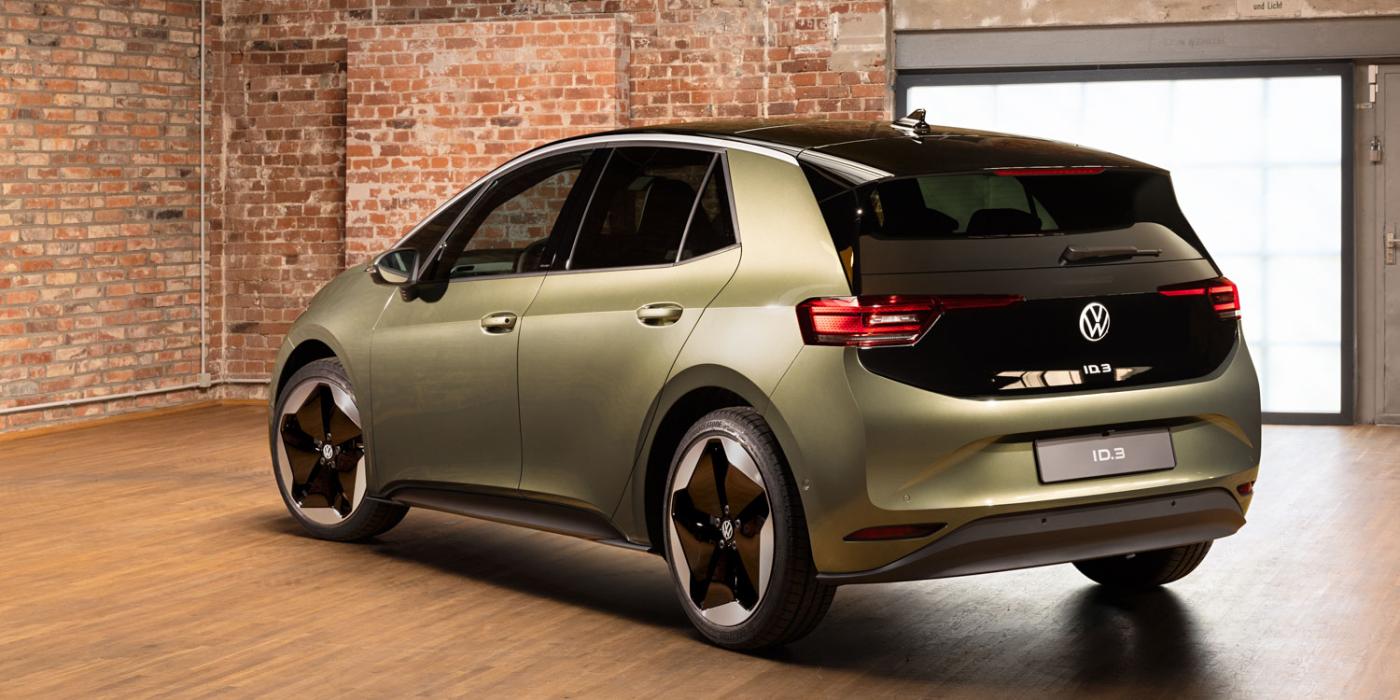
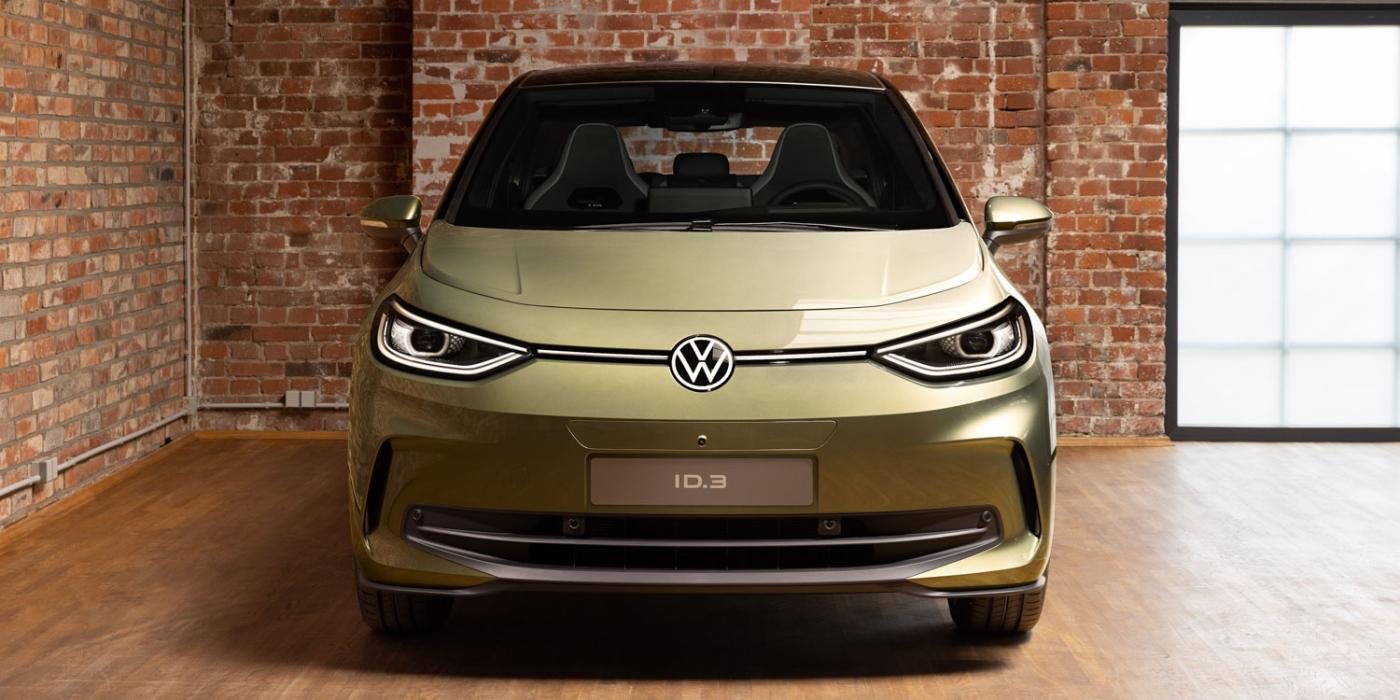
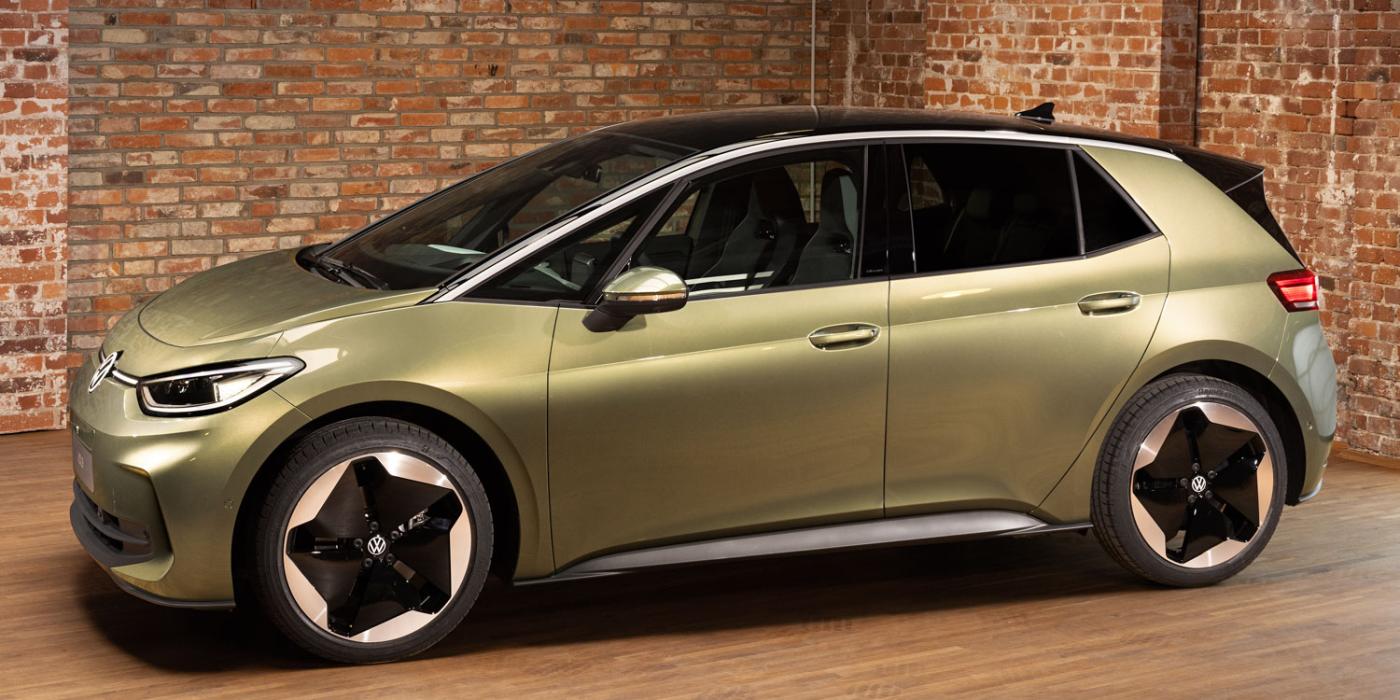
Whether short-, medium- or long-distance, whether city or country road, Volkswagen gives a combined WLTP range of 559 kilometres for the ID.3. Under perfect conditions (weather and temperature), the consumption figures varied between just under 15 kWh/100 km (city and country road driving) and around 18.5 to 20 kWh/100 km (mainly motorway driving at the recommended speed) without charging losses. In practice, more than 300 kilometres were possible on the motorway, and on city and country roads even more than 400 to – in the best case, mind you – almost 500 kilometres. So there were no surprises here either.
Conclusion
However, this range comes at a price. VW’s base price for the Pro S, currently only available as a four-seater, is 47,595 euros in Germany (without subsidies). But if you equip the ID.3 accordingly, starting with the optional heat pump for just under 1,000 euros or the floor mats costing over 100 euros, you will end up with a purchase price of well over 50,000 euros. That is a proud sum for a vehicle in the compact class – and too much compared to the competition. That is also true for the smaller version: in combination with the 58 kWh battery, the price drops to 39,995 euros (again, in Germany).
Those who ultimately decide in favour of the model receive a visibly and noticeably improved ID.3. There have been noticeable changes, especially in the interior, even if only in the front area. What has remained, however, is the driving comfort, the engine performance and the fuel consumption. However, there are still some points that need to be reworked. VW could do so with the next model update as early as next year. So it’s up to you if you want to wait for that or purchase the ID.3 now – or not at all.
Translation by Carla Westerheide

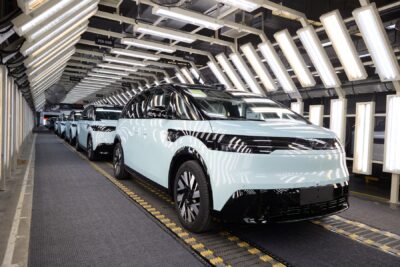

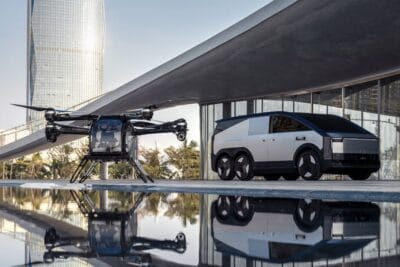
1 Comment